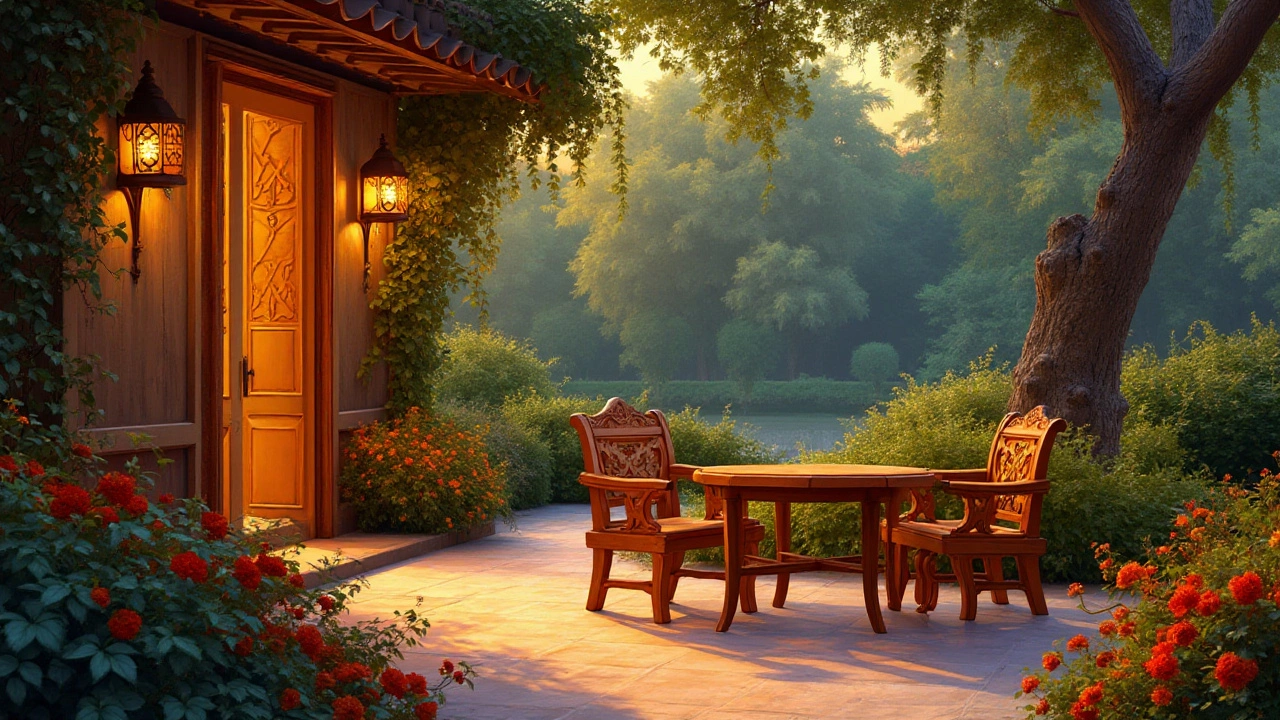Durable Materials for Sofas and Furniture
If you want a couch that stays firm and looks good for years, the material you pick matters more than style alone. A sturdy frame, strong fabric, and a tough finish work together to stop sagging, stains, and tears. Below you’ll find clear answers on what makes a material durable and which options give the best bang for your buck.
What Makes a Material Durable?
A durable material has three basic qualities: strength, resistance, and easy care. Strength means it can hold weight without bending. Resistance covers things like water, sunlight, and everyday wear. Easy care means you can clean it without special tools. When you shop, check the frame type (kiln‑dried hardwood or metal), the couch cushions (high‑density foam or latex), and the upholstery (synthetic blends or tightly woven natural fibers). These parts decide how long your sofa will stay comfy.
Top Durable Materials for Your Couch
Frames: Solid hardwood, especially kiln‑dried oak or maple, resists warping. Metal frames are lighter but need a powder‑coat finish to avoid rust.
Cushion Core: High‑density foam keeps shape for years. If you want extra bounce, add a layer of latex or pocketed springs.
Upholstery: Look for fabrics labeled “performance” or “woven polyester.” These fabrics hide stains and stand up to pets. Leather is another strong choice; it develops a patina and can be wiped clean, but cheap leather may crack.
Threads and Stitching: Double stitching and reinforced edges stop seams from pulling apart. Check the corners – a strong corner block adds years of life.
When you compare sofas, ask yourself: Does the frame use hardwood? Are the cushions made of high‑density foam? Is the fabric rated for scratches and spills? If the answer is yes, you’re looking at a piece that will last.
Our readers also love the guide on “Sofas That Don’t Sag.” It explains why a good frame and proper cushion fill keep a couch from losing its shape. Combine those tips with the material guide here, and you’ll pick a sofa that stays firm for a long time.
In short, durable materials mean a strong frame, resilient cushions, and easy‑care fabric. Pick options that score high on all three, and you’ll avoid the headache of replacing furniture every few years. Happy hunting!
The Ultimate Guide to Durable Garden Furniture Materials
Choosing garden furniture requires balancing aesthetics with durability to withstand the natural elements. From teak's timeless appeal to aluminum's lightweight resistance, this guide explores several durable materials ideal for outdoor settings. Learn their unique strengths and weaknesses, along with tips to maintain them and protect them from weather damage. Discover which options best suit various climates and lifestyle needs. Dive into practical advice for making informed decisions about your outdoor investment.





